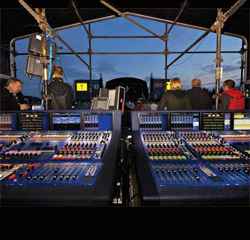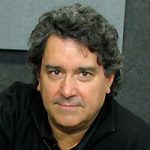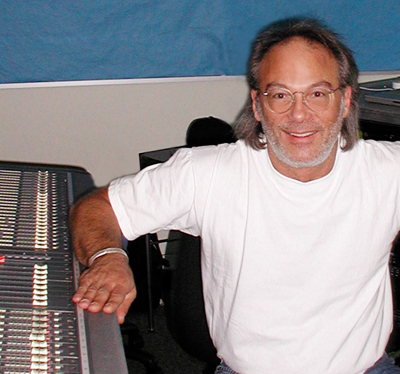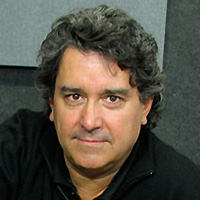A few years ago, my company developed a prototype of a console switcher that would enable an engineer to quickly switch to a backup should the main desk go down, or quickly switch between multiple consoles at events such as festivals.
But when we showed it to various engineers, the response was all over the place. Some thought it was a great idea, others felt that with modern processors, the need was no longer there, and some suggested fixes such as increasing the size to accommodate larger systems.
We decided to table the idea, but I thought it would be interesting to reach out to some of the same engineers to get their take on using multiple consoles and the concerns they encounter.
And just as above, the problems and solutions differ. The cast includes James Warren (Radiohead), Sean Quakenbush (Robert Randolph), Dave Natale (Rolling Stones), Brad Madix (Rush) and David Morgan (James Taylor).
The most common situation where multiple consoles are used together, of course, is connecting a support band to the main system. Other uses include festivals where multiple bands share the same PA, corporate shows, TV shows, and performances where large orchestras increase the channel count.
According to Natale: “When subbing one mixer into the other, the main console will usually act as the master. We also see many situations where a matrix switcher is used to feed the PA.”
Sub-Mixing Consoles
Subbing consoles together is done using the sub-group inputs, channel strips, or sometimes even using the mic inputs. Madix: “If bringing one mixer sub or mains out into sub ins, there’s usually not any problem. If bringing into line-ins, there might be issues with matching gains as line ins tend to have less adjustment range level-wise.
“Coming into mic inputs can present challenges from impedance matching to level mismatches where mic preamps might not have the range to handle the levels, even with pads inserted. It’s something to steer away from, for sure, but sometimes the only option.”
Quankenbush: “We sometimes encounter noise from different power systems such as generators and there are often gain issues between some analog consoles and the digital boards. For instance, one console’s 0 dB may not be the same on another desk. I’ve found that some digital consoles do not ‘play well together’ due to gain stage issues where one may be so hot that it overloads the other.”
Natale: “Hum, buzz and level discrepancies can pose problems. I usually have transformers in hand to solve noise problems.”
Matrix, Processor
There are other ways to switch and combine consoles such as using a matrix switcher or an audio processor. And with today’s digital desks, even more options come into play.
Warren: “When combining consoles, since most bands are now using digital desks, we usually connect the sub support console into ours via an AES connection. We give a festival either analog or AES from our system processor. In both cases, we will often be giving a separate sub feed.”
Quankenbush: “Most festivals have switching systems for the left, right and sub fills, but you do still see some festivals where they want you to drive in to the main console with stereo. The big problem is you will load in early, EQ and sound check for your band with their EQ bypassed or flat.
“Eight hours later, the house system engineer or other mixers will have hacked the EQ to all hell and all of the sudden your show sounds way different than your sound check earlier in the day. My preference is to bypass all of that by connecting directly to the audio processor and then save my own page.”


















